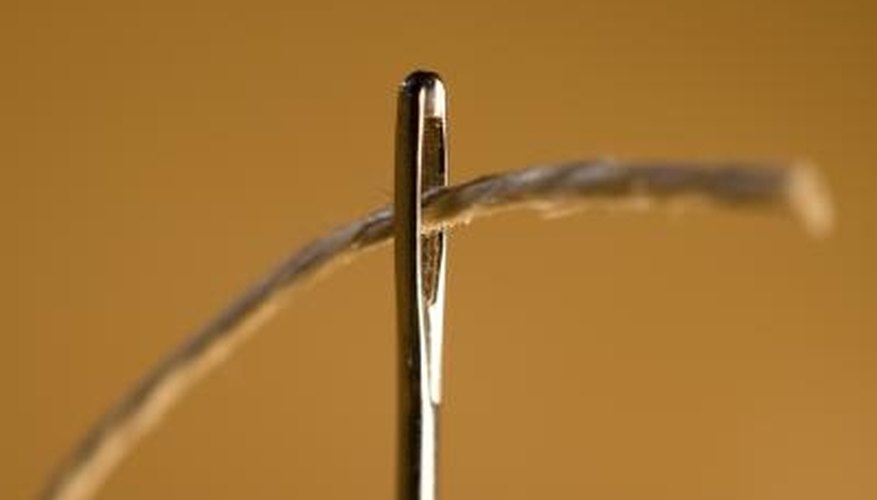Polyester fabric is a popular choice for clothing, home decor, and other items due to its durability, low cost, and wrinkle resistance. However, even the most durable fabrics can occasionally tear or develop holes. Fortunately, repairing polyester holes is a relatively simple task that can be done at home with a few basic materials.

Image: www.itsbeyondmycontrol.com
Understanding the Material: Polyester and its Properties
Polyester is a man-made fiber made from polyethylene terephthalate (PET). It is strong, durable, and resistant to shrinking, fading, and wrinkles. This makes it an excellent choice for a wide range of applications. However, polyester can be difficult to repair due to its smooth surface and lack of elasticity.
Hole Repair Methods: Choosing the Right Approach for Different Scenarios
There are several different methods for repairing holes in polyester, depending on the size and location of the hole. For small holes or tears, a patch can be sewn or glued on. For larger holes, a piece of fabric can be cut out and replaced. If the hole is in a hard-to-reach place, a liquid patching compound can be used.
Patching Up Small Holes: A Quick and Easy Fix
To patch a small hole, you will need a piece of fabric that matches the color and texture of the polyester fabric, a needle and thread, or fabric glue.
With a needle and thread, use a simple whip stitch to sew the patch over the hole. Be sure to catch all the edges of the hole for a secure repair. Trim any excess fabric around the edges.
If using fabric glue, apply a small amount to the edges of the patch and press it over the hole. Hold it in place for a few seconds until the glue dries.

Image: homesteady.com
Replacing Damaged Fabric: A Comprehensive Repair for Large Holes
For larger holes, the best option is to cut out the damaged fabric and replace it with a new piece. To do this, you will need a sharp scissors, a ruler or measuring tape, and a sewing machine.
Measure and cut out a piece of fabric that is 1-2 inches larger than the hole on all sides.
Place the new fabric over the hole, aligning the edges.
Sew around the edges of the hole to secure the new fabric.
Liquid Patching Compound: A No-Sew Solution for Hard-to-Reach Holes
For holes in hard-to-reach places, such as on seams or zippers, a liquid patching compound can be used. This type of repair does not require sewing or gluing, making it a convenient and effective solution for certain situations.
Clean the area around the hole with a mild detergent.
Apply the liquid patching compound over the hole using a brush or applicator provided with the compound.
Allow the compound to dry completely, following the manufacturer’s instructions.
How To Fix Holes In Polyester
Conclusion: Keeping Your Polyester Presentable with Effective Repair Techniques
Repairing holes in polyester can be a simple and effective way to extend the life of your favorite fabrics. By understanding the different repair methods and choosing the right approach for each situation, you can quickly and easily restore your polyester items to their original condition. Whether it’s mending a small tear or replacing a large hole, with the right tools and techniques, you can keep your polyester fabrics looking their best for years to come.